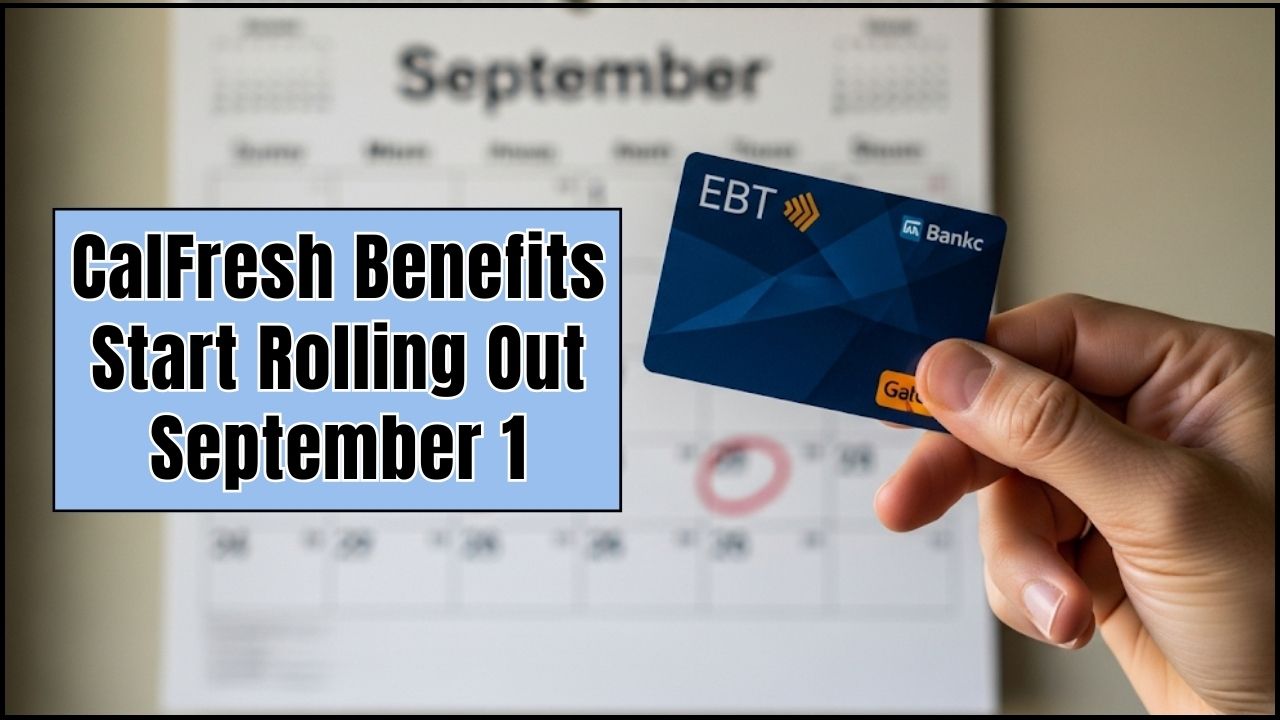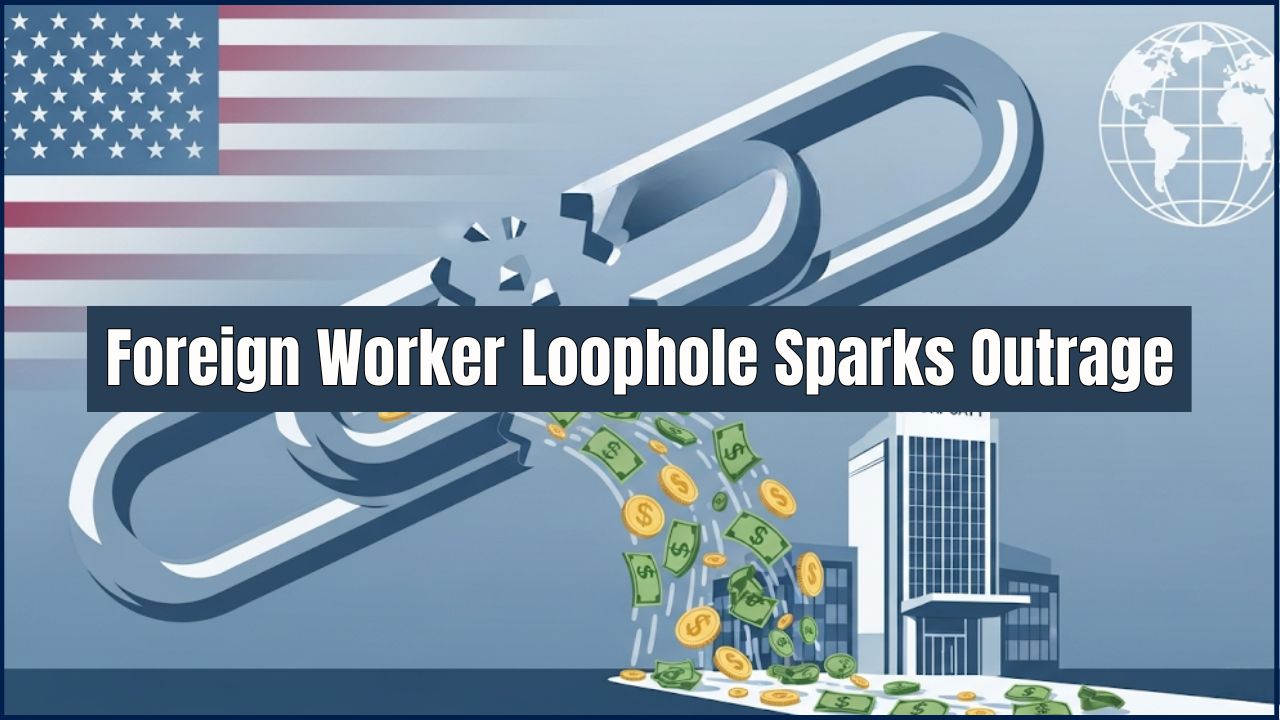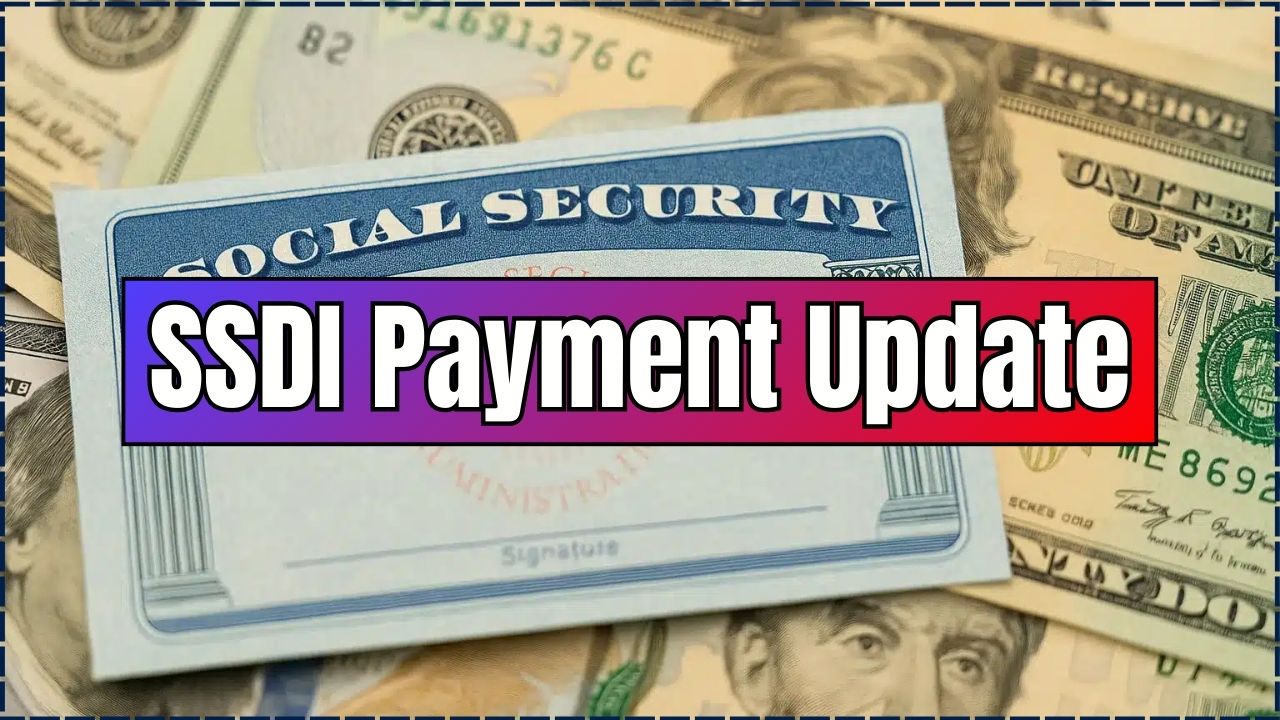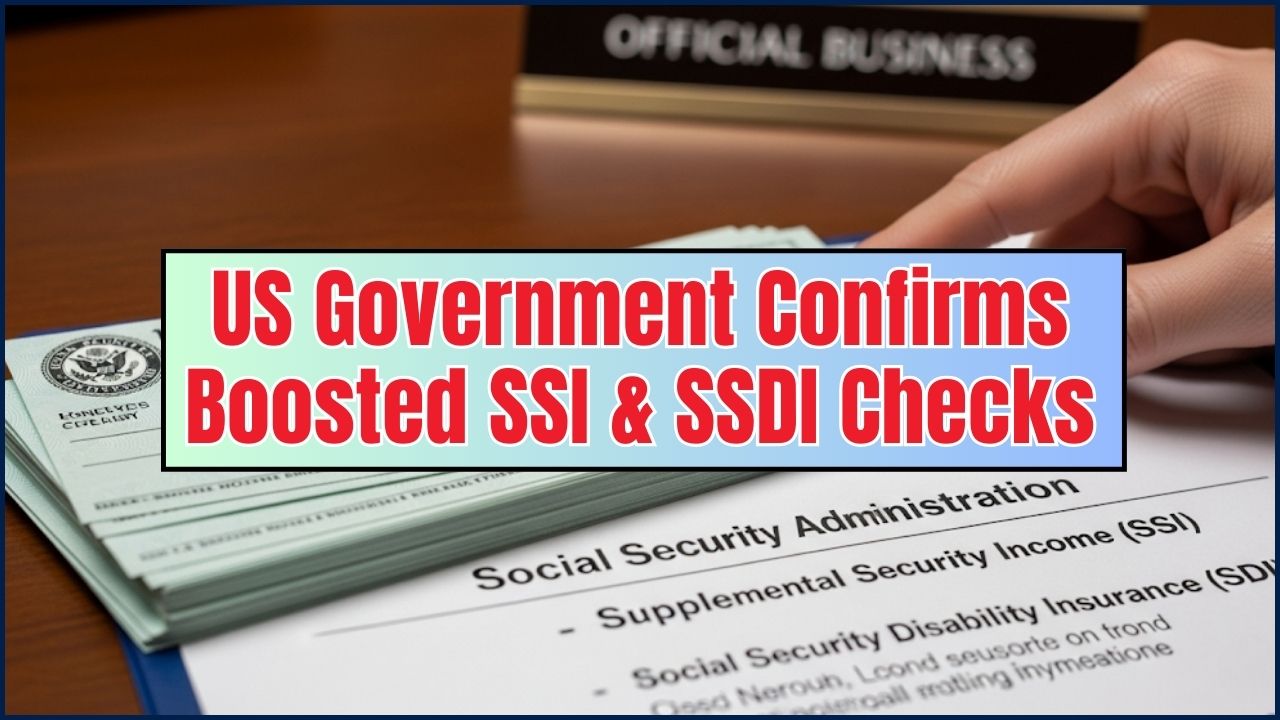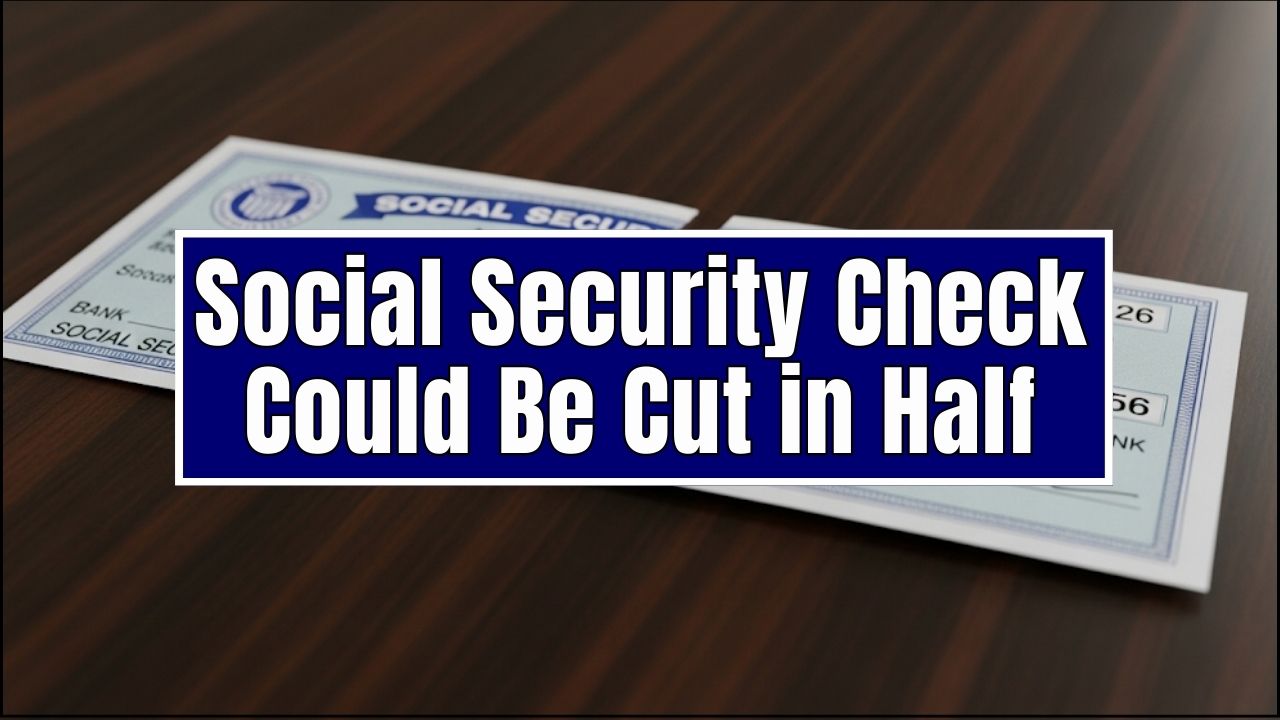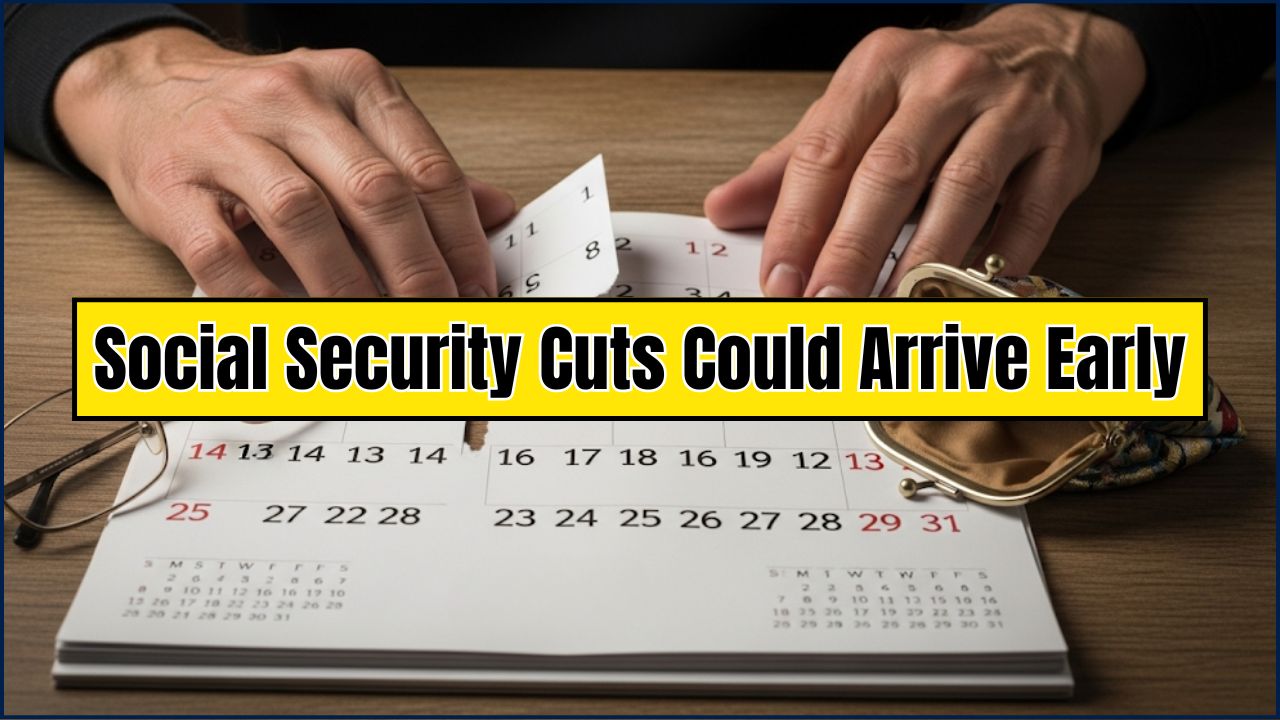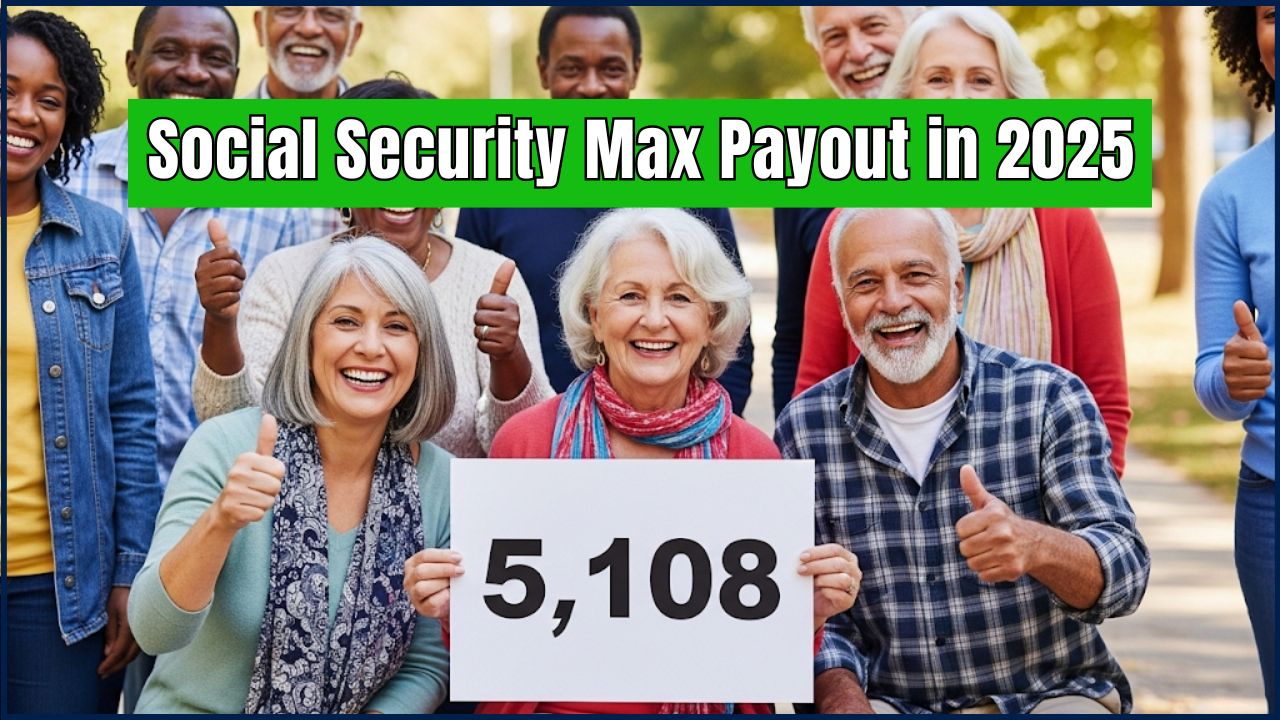Picture this: You’re at the local pharmacy, standing in line to pick up your monthly meds. The pharmacist leans over and says, “I’m sorry, but that bottle of pills that used to be $20? It’s now $70.” You’d probably say, “What in the world happened?”
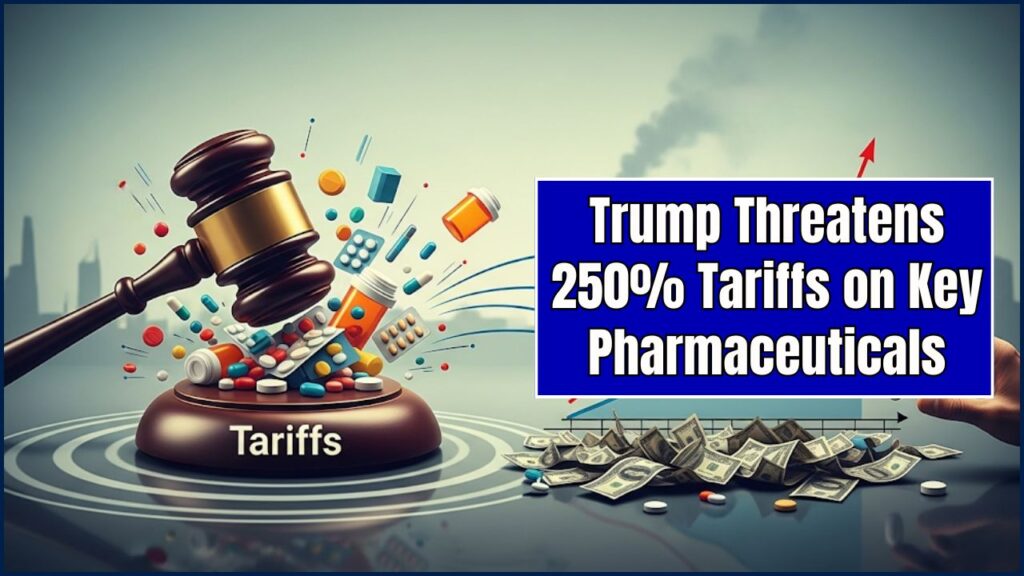
That’s the kind of sticker shock Donald Trump’s proposal for 250% tariffs on imported pharmaceuticals could bring. The plan—pitched as a way to bring drug manufacturing jobs back to U.S. soil—has the potential to upend America’s medicine supply chain.
Trump Threatens 250% Tariffs on Key Pharmaceuticals
| Topic | Details |
|---|---|
| Proposed Tariff Rate | Up to 250% on imported pharmaceuticals, phased in from lower rates |
| Timeline | Starts modest, rises to 150% within 12–18 months, then 250% |
| Current Import Reliance | ~83% of top 100 generic drugs are imported |
| Impact Estimate | Even a 25% tariff could add $51B/year to U.S. drug costs |
| Key Affected Countries | India, Switzerland, Israel, Australia |
| Policy Goal | Boost U.S. manufacturing and reduce dependency on foreign supply chains |
| Official Resource | U.S. FDA Drug Imports Data |
Trump’s 250% pharmaceutical tariffs proposal is a bold move with a double edge—it could bring manufacturing jobs back home, but it’s almost certain to drive up drug prices in the short term. The key takeaway? Be proactive. Whether you’re filling a prescription or running a pharmacy, now’s the time to prepare for possible turbulence in America’s medicine market.
Why This Hits Close to Home
Tariffs are basically a tax on imports. Imagine the government slapping a massive “extra charge” on every box of medicine coming from overseas. Drug companies won’t just swallow that cost—they’ll pass it right along to you.
Here’s the kicker: America imports most of its pharmaceuticals or their active ingredients. According to the FDA, over 90% of generic drugs filled in the U.S. rely on foreign supply chains.
A Quick History Lesson on Tariffs in Medicine
This isn’t the first time Washington has floated tariffs on medical goods:
- 2018 – During Trump’s first term, certain medical devices from China faced tariffs as part of a trade war. Prices jumped, and some suppliers dropped out of the U.S. market.
- COVID-19 pandemic – The shortage of PPE and ventilators revealed just how dependent we are on global supply lines.
The lesson? Tariffs might protect domestic jobs in the long run, but in the short term, prices spike and supply gets shaky.
Expert Opinions
- Dr. Peter Bach, health policy researcher at Memorial Sloan Kettering: “Tariffs of this magnitude on pharmaceuticals could be catastrophic for low-income patients. The ripple effect would be enormous.”
- Laura Veldkamp, economist at Columbia University: “The U.S. can build more capacity at home, but it will take years. Until then, these tariffs are essentially a massive tax on sick people.”
How Tariffs Work—Simple Analogy
Think of tariffs like toll booths on a bridge. If the toll suddenly goes from $5 to $50, delivery trucks will either charge more to deliver goods or stop crossing the bridge altogether. Now replace “trucks” with “drug shipments,” and you’ve got the idea.
Who Wins, Who Loses
Winners
- Some U.S. drug manufacturers: Potential boost in sales and production.
- Political supporters of domestic manufacturing: Can claim a win for “Made in USA” medicines.
Losers
- Patients: Higher prices, especially for generics.
- Pharmacies: Supply headaches and unhappy customers.
- Insurers: Higher payout costs, likely passed back in premiums.
Comparison Table: Before vs. After Tariffs
| Feature | Current Landscape (Pre-Tariffs) | Proposed Landscape (Post-Tariffs) |
| Manufacturing Hubs | Heavily reliant on global supply chains, with significant production in countries like India and China. | Strong push for domestic manufacturing, with incentives for companies to build plants in the U.S. |
| Drug Prices | Influenced by global competition, supply chain efficiency, and various government policies. Generic drugs, in particular, are often low-cost due to fierce competition. | Potential for significantly higher wholesale costs, which could lead to increased prices for consumers and insurance companies. |
| Supply Chain | Complex, international network of suppliers for active pharmaceutical ingredients (APIs) and finished products. | Increased risk of supply chain disruptions due to tariffs. Companies would need to re-evaluate and potentially rebuild their networks. |
3 Myths About Pharmaceutical Tariffs
- Myth #1: Tariffs only affect foreign companies. Tariffs can impact everyone in the supply chain, from the companies that make the raw ingredients to the pharmacies that sell the final product, and ultimately, the patient.
- Myth #2: Higher tariffs mean more jobs immediately. While the goal is to create domestic jobs, building new manufacturing plants and re-establishing supply chains can take years, and the increased costs could be a short-term blow to the industry.
- Myth #3: Only brand-name drugs will be affected. The global supply chain is especially critical for generic medicines, which are often produced on razor-thin margins. These essential, low-cost drugs could be among the most impacted.
Practical Advice: What to Do Now
For Everyday People
- Stock up: If you have a non-perishable prescription, refill early.
- Ask about alternatives: Some drugs have U.S.-made substitutes.
- Shop smart: Use GoodRx or similar tools to compare prices.
For Health Professionals
- Diversify suppliers now—don’t wait until tariffs hit.
- Create educational flyers for patients explaining why prices may rise.
For Policymakers
- Pair tariffs with subsidies or tax breaks for new U.S. plants.
- Consider temporary exemptions for life-saving drugs.
Step-by-Step Guide: How to Assess the Impact on Your Meds
- Check your drug’s country of origin (ask your pharmacist).
- Calculate possible price changes based on tariff percentage.
- Look for alternative drugs or generics made domestically.
- Set alerts for news updates from the FDA.
FAQs
Q1: Will OTC meds be affected?
Not right away, but many OTC ingredients come from abroad—so it’s possible.
Q2: How fast will prices go up?
Likely within months of tariffs being enforced.
Q3: Could Congress block it?
Yes, but trade policies are often set by the executive branch, so it’s tricky.
